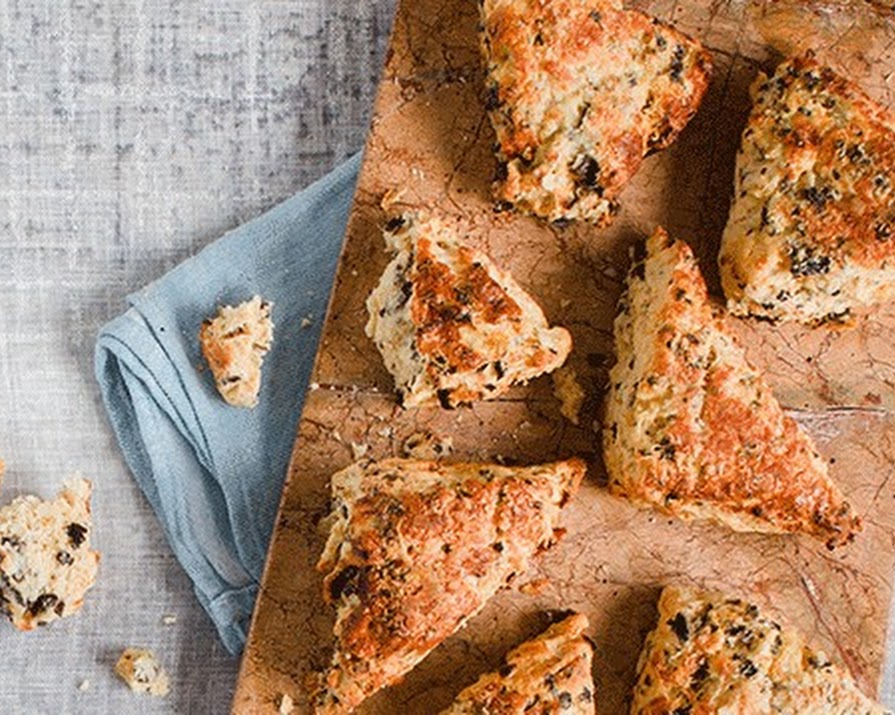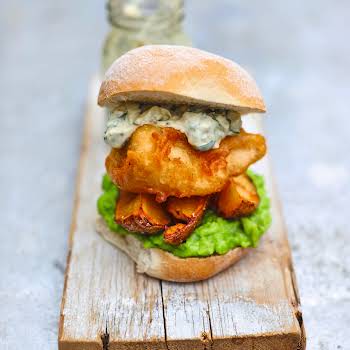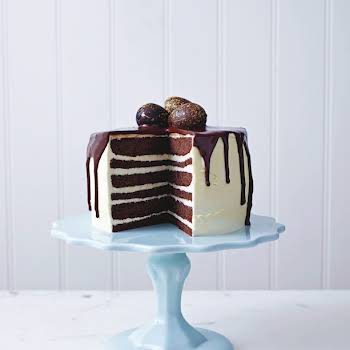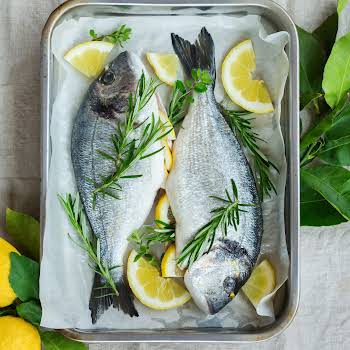
By IMAGE Interiors & Living
22nd Apr 2016
22nd Apr 2016
Versatile chef Prannie Rhatigan specialises in harvesting, cooking and gardening organically?with sea vegetables. Anyone who has attended one of Prannie’s seaweed courses will be aware of this signature snack; her superb cheese and dillisk scones.
Dulse, dillisk or duileasc (Palmaria palmata) is probably the most accessible of all our seaweeds, and can be eaten as a tasty snack, almost like crisps. It can also be used to flavour soups, butter, salads, stir-fries, sushi or pesto. The below recipe makes approximately 20 small scones.
Ingredients
40g dried dillisk, crumbled
Olive oil for frying
2 onions, finely chopped
2 cloves of garlic, crushed
450g plain flour
1 tablespoon of baking powder
2 teaspoons of mustard powder
1/4 teaspoon cream of tartar
1/2 teaspoon of cayenne pepper
85g butter, at room temperature
225ml milk
1 egg, beaten
85g grated strong cheddar cheese
25g parmesan cheese, grated

Method
Preheat the oven to its lowest setting before spreading the seaweed onto a baking tray and leaving it in the oven to dry out completely. This should take no more than 30 minutes. Next, remove the tray from the oven and when the seaweed is cool enough to handle, crumble it between your fingers into a bowl and set aside. Turn the oven up to 210?C/gas mark 6. Lightly grease the baking tray before heating the oil in a frying pan. Next, add the onions and garlic. Fry gently until softened and transparent, adding the dillisk in towards the end. Mix gently and remove from the heat.
Sift the flour, baking powder, mustard powder, cream of tartar and cayenne into a roomy bowl. Then, rub the butter into the dry ingredients until it resembles breadcrumbs; creating a well in the centre. Mix the egg into the milk, pour this into the well, keeping back a little to brush over the scones later. Mix gently to combine and stir in the cheese-and-onion mixture. Turn the dough out onto a lightly-floured surface. It will be quite sticky, so flour your hands and flatten the dough into a rough square to a thickness of 3cm.
Using a large, sharp knife, cut the dough into 3cm squares. Place on the baking tray, brush with the reserved egg/milk mixture and sprinkle with parmesan. Bake for 12 – 15 minutes or until golden brown. Serve warm with creamy butter and… enjoy!
Food by Lesley Tumulty
Photography by Nathalie Marquez Courtney?
Styling by Marlene Wessels
For four more styled seaweed recipes, pick up Garden Heaven‘magazine.
Recipe from?Irish Seaweed Kitchen by Prannie Rhatigan
(?25 plus P&P; available from Irish Seaweed Kitchen)























